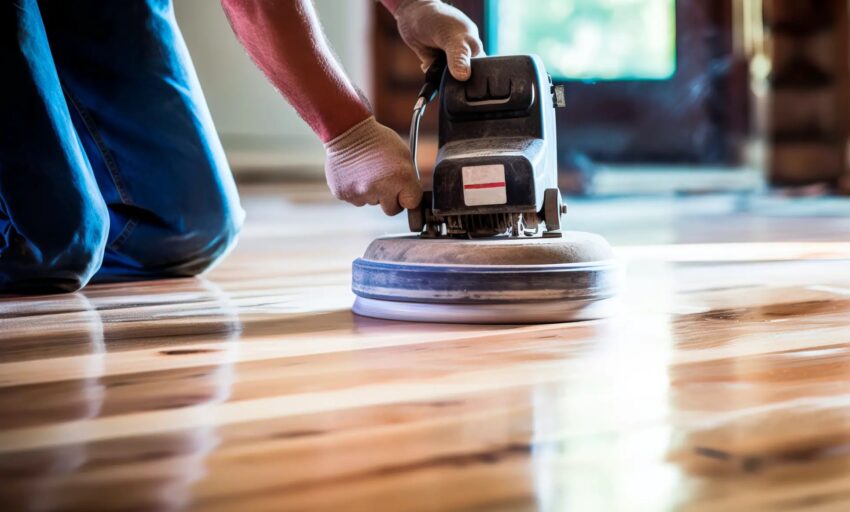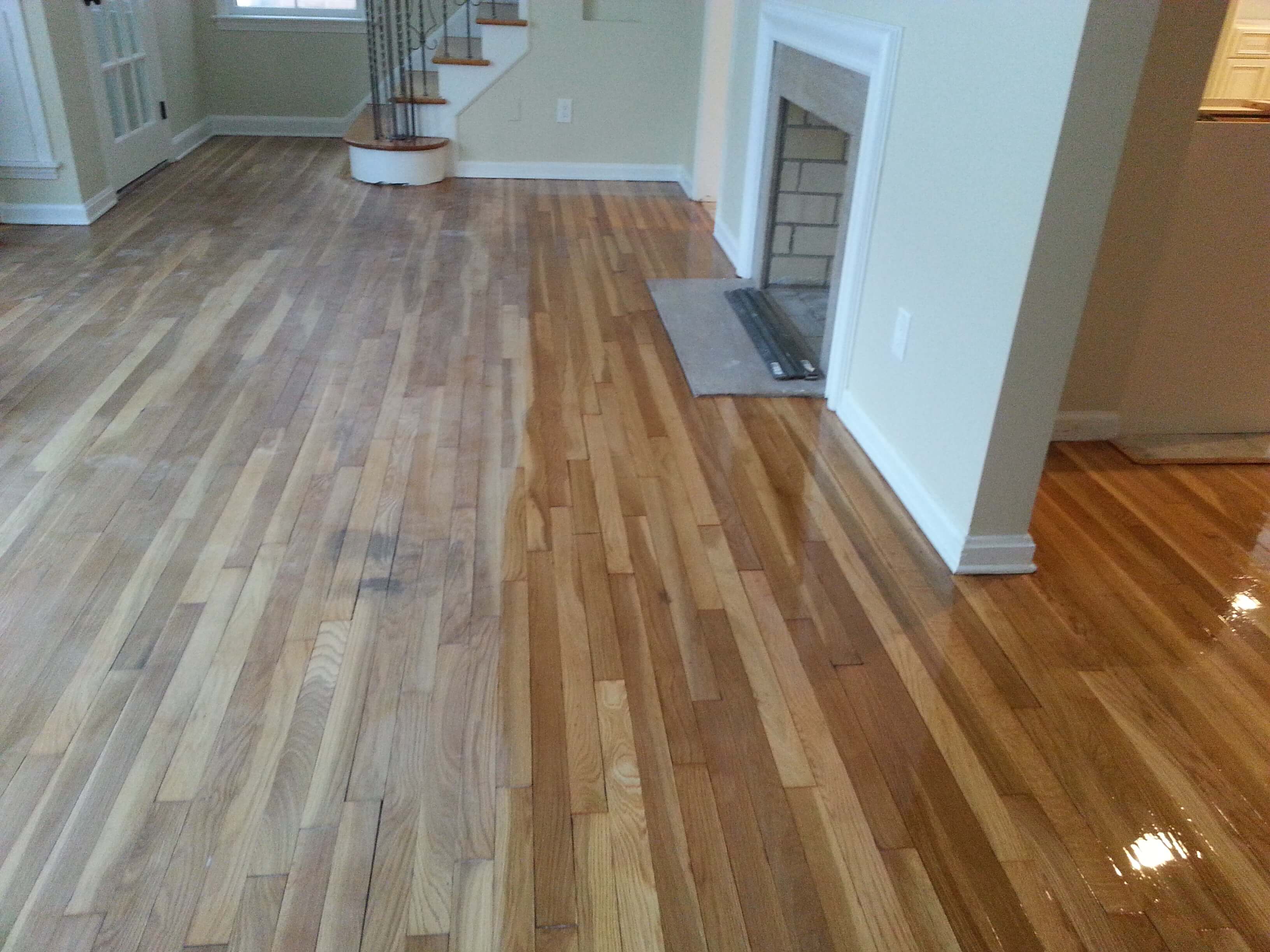It’s a scene many of us have experienced: you’re standing in your kitchen, staring at the worn-out tiles that have witnessed countless spills, dropped dishes, and family gatherings. Or, maybe it’s the tired wood floors in your living room that bear the weight of countless footsteps and years of wear and tear. This familiar feeling is often the catalyst for a big decision – a floor redo. But, before you can envision gleaming new hardwood floors or luxurious tiles, a more pressing question arises: how much will it cost?

Image: mromavolley.com
The cost to redo floors is a crucial factor in your home improvement journey. It’s a question that needs accurate answers, not just a “ballpark” estimate. This guide dives into the complexities of floor redo costs, ensuring you’re equipped with the knowledge to make informed decisions and avoid any unpleasant financial surprises. We’ll explore the factors that influence pricing, delve into different flooring options, discuss potential savings strategies, and empower you to confidently navigate your floor redo project.
Decoding the Cost of Redoing Floors: A Layered Approach
Understanding the cost of a floor redo isn’t as simple as picking a material and multiplying it by square footage. The total cost is a tapestry of elements, each contributing to the final price tag. Here’s a breakdown of these factors:
1. Flooring Type: The Foundation of Your Budget
The type of flooring you choose is the single biggest driver of cost. Each material comes with its own unique price range, installation requirements, and longevity. Here’s a glance at some popular options and their typical price range per square foot, excluding installation:
a) Hardwood Flooring
- Price Range: $4-$15 per square foot
- Subfloor Preparation: Often needs extensive preparation, including leveling and moisture control
- Installation: Requires skilled labor, adding to the overall cost

Image: viewfloor.co
b) Engineered Hardwood Flooring
- Price Range: $4-$12 per square foot
- Subfloor Preparation: Less demanding than solid hardwood, but still requires attention
- Installation: Easier to install than solid hardwood, potentially saving on labor costs
c) Laminate Flooring
- Price Range: $2-$7 per square foot
- Subfloor Preparation: Requires a relatively smooth and level subfloor
- Installation: Often DIY-friendly, saving on labor costs
d) Tile Flooring
- Price Range: $2-$30 per square foot (depending on tile type and size)
- Subfloor Preparation: Needs a solid and waterproof subfloor
- Installation: Requires skilled labor, particularly for intricate patterns or large format tiles
e) Vinyl Plank Flooring
- Price Range: $2-$5 per square foot
- Subfloor Preparation: Minimal requirements, making it ideal for uneven subfloors
- Installation: Relatively simple, with DIY options available
2. Labor Costs: An Essential Ingredient
Labor costs can significantly impact your budget. Factors affecting labor costs include:
- Project Size: Larger projects typically involve more labor hours, increasing the cost.
- Flooring Type: Some flooring types, like hardwood or tile, require more skilled expertise and specialized tools, leading to higher labor rates.
- Region: Labor costs vary by geographic location, with some areas having higher labor rates than others.
- Preparation Work: Extensive subfloor repairs, removal of existing flooring, and other preparatory tasks can add to the labor hours and overall cost.
3. Subfloor Preparation: A Hidden Necessity
Often overlooked, subfloor preparation is crucial for a successful flooring project. Uneven or damaged subfloors can result in uneven floors, squeaks, and premature wear and tear. Here’s why it’s important and the associated costs:
- Leveling: Uneven subfloors need to be leveled before installing new flooring. This may involve using leveling compound, which costs around $1-$3 per square foot.
- Moisture Control: Moisture can damage flooring, so ensuring the subfloor is adequately protected from moisture is essential. This may involve using vapor barriers or moisture-resistant underlayment, adding an extra cost.
- Structural Repairs: If the subfloor has structural damage, repairing it before installing flooring is crucial. These repairs can be more significant, involving replacing damaged sections of plywood or joists.
4. Additional Costs: Beyond the Essentials
Beyond flooring, labor, and subfloor preparation, additional costs can come into play. These include:
- Underlayment: Provides cushioning and sound insulation beneath flooring. Costs vary depending on material and thickness.
- Molding and Trim: Used to transition between flooring and walls, adding decorative details. Costs vary based on materials and complexity.
- Door Adjustments: If the new flooring changes the floor height, door adjustments may be necessary.
- Permits and Inspections: Some municipalities require permits and inspections for flooring projects, adding to the overall cost.
- Disposal Fees: Disposing of old flooring and debris can add to the budget, particularly for heavier materials like tile.
Navigating the Price Maze: Tips for Budget-Friendly Flooring
Redoing floors is a significant investment, but there are strategies to manage costs within your budget. Consider these tips:
- DIY vs. Professional Installation: If you’re comfortable with DIY projects and have the necessary tools, you can save on labor costs by installing the flooring yourself.
- Flooring Material Choice: Choose a more budget-friendly flooring material, like laminate or vinyl plank flooring, without sacrificing quality or durability.
- Shop Around for Flooring: Comparing prices from different flooring suppliers can help you find the best deal.
- Negotiate with Contractors: Don’t hesitate to negotiate with contractors and ask for a detailed breakdown of their pricing.
- Timing is Key: Floor redo projects often have seasonal pricing, so consider timing your project to capitalize on potential discounts.
- Utilize Online Resources: Websites and online calculators can help estimate costs and provide a better understanding of price fluctuations.
How Much Does It Cost To Redo Floors
The Bottom Line: Invest in Your Vision
Redoing floors is a transformative project that can significantly enhance the look, feel, and functionality of your home. However, it’s a project that requires careful planning and budget allocation. Understanding the factors that influence flooring costs, exploring different options, and implementing cost-saving strategies can ensure that your floor redo is both beautiful and financially responsible. Remember, with cautious planning and smart decisions, you can turn your floor redo dream into a reality without breaking the bank.






